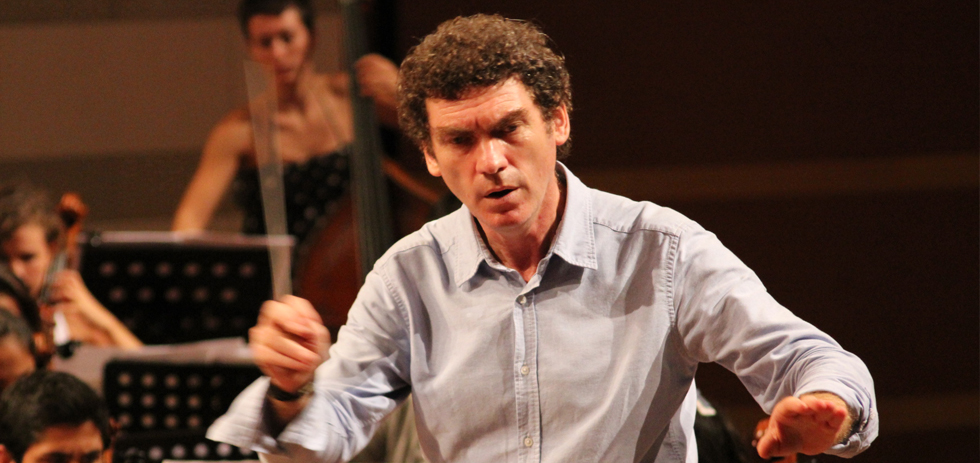
Francois Verster’s The Dream of Shahrazad is a fascinating dissection of the presence of art amidst political upheaval in Egypt and Turkey, countries both impacted by ‘the Arab Spring’. Verster’s film is concerned with a performance of Nikolai Rimsky-Korsakov’s ‘Scheherazade’, a piece based upon the Arabic queen that serves as the storyteller of Arabian Nights. The broader focus of the documentary concerns itself with the continuing relevance of the tale of 1001 nights, the growing democratisation of art, the and the expressions of politics in spaces where this is occurring. It’s thorough in its study of the regions, ideas and figures that Verster sets his eyes on, resulting in a piece that is broad, encompassing and creative throughout. Considering all of this, The Dream of Shahrazad has become one of the most investigative and imaginative interpretations of the fissures created by the Arab Spring, through its ability to examine how these fault lines have shattered other spheres outside of the revolution itself.
Integral to (and representative of) the core of the film is the figure of the conductor, Cem Mansur. Mansur doesn’t simply serve as the musical educator for those in the film, but acts as a simultaneous sort-of ‘political conductor’; giving his orchestra thought-provoking political questions as frequently as musical feedback. The conductor is quickly established as a highly likeable figure due to his careful articulation of his ideas. That is, he never puts words or views straight into the mouths of his ‘students’, but instead is focused on making them more inquisitive individuals. In perhaps his most self-defining statement, he comments on his process in the statement that “if it gets them to ask the right questions they’re halfway to finding some answers”. Sometimes, scenes show Mansur walking to rehearsals, getting into a political argument with someone on the side of the street, while others show a far more introspective figure; leading Verster’s characterisation of the conductor to end up as one that is both deeply nuanced and intriguing.
A major aspect recurring throughout The Dream of Shahrazad is the sudden shift in the teleology of high art, and its impending democratisation. Hande Kuden, the violinist in the production, comments off-hand at one stage that “people are making greater art than professionals”, however, the statement is more longer lasting than it is given credit for. That is, there’s an interesting shift occurring in Verster’s film. A high profile classical piece is being interpreted by younger, less privileged, and more political figures and what is resulting is a more political performance – even if it is of a historically inaccessible piece. The imperative for politicisation recurs throughout Verster’s film, with a realisation that a more democratised art world must be more active in discussing inequalities and issues in society. In a way, Verster captures the orchestra as a unit, aware of the history of classical music as a primarily inaccessible sphere of music, and trying to find a way to re-contextualise it for a wider, broader, and more socioeconomically diverse group. At the centre of this comes the idea of politicising such a style.
In one of the many conversations between the two, Hande Kuden remarks to Cem “when talented musicians from our country play in orchestras in America they should stand up at the end of the concert and say, “There are people dying in my country think about this while you listen and relax to the music” Cem’s reply is simply, short, and deeply indicative: “what are you waiting for.” The Dream of Shahrazad isn’t a documentary that reflects on the past or looks forward towards the future; instead, it’s something deeply grounded in the present – and the issues surounding the imperatives raised through movements such as the Arab Spring. It’s a complex contemporary piece that reimagines the ‘Arabian Nights’ from Iran to Egypt and Turkey; in turn, Verster demonstrates that the idea of “the Arab Spring” is an equally universally accessible disposition, rather than a simple point in history.
